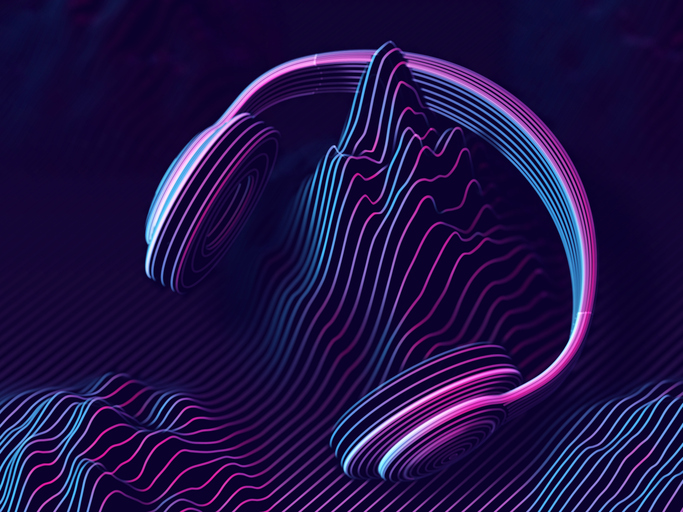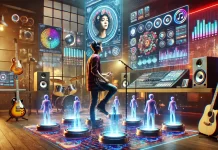Spatial audio has emerged as a major innovation in the music industry. This technology offers an immersive experience by positioning sound in a 3D space, making it feel as if it’s coming from all around the listener. From production to live performances, spatial audio is reshaping how we create, consume, and experience music.
What is Spatial Audio?
Spatial audio goes beyond the limitations of traditional stereo sound. While stereo places audio within a left-right sound field, spatial audio positions sounds in a full 360-degree environment. This allows listeners to hear music from all directions—above, below, and around them. Technologies like Dolby Atmos and Sony 360 Reality Audio help simulate these natural soundscapes.
Streaming platforms like Apple Music, Tidal, and Amazon Music have adopted spatial audio formats. As this technology becomes more common, it is quickly becoming a new standard.
How Spatial Audio is Changing Music Production
For producers, spatial audio unlocks new creative possibilities. Artists can place instruments and effects in specific locations within a 3D soundscape, adding depth and detail to compositions. This allows listeners to feel more connected to the music, as though they are enveloped by sound.
Object-based audio, such as Dolby Atmos, allows for more control in crafting these immersive soundscapes. This precision is especially useful in genres like electronic, classical, and ambient music, where spatial elements play a crucial role in the listening experience. Billie Eilish and Finneas used spatial audio in songs like “Happier Than Ever” to create dynamic, moving sound.
Reshaping the Listener’s Experience
Spatial audio dramatically changes how listeners experience music. Instead of the flat sound of stereo, it creates the sensation of being surrounded by sound, similar to a live performance. The technology increases engagement and enhances emotional impact.
Since Apple Music introduced spatial audio, listener engagement has surged. By the end of 2023, 80% of songs in the Global Daily Top 100 used this technology. As more artists release tracks mixed in Dolby Atmos, fans are becoming accustomed to this immersive experience.
Impact on Live Performances
Spatial audio is also transforming live sound engineering. By incorporating spatial audio into concerts, sound engineers create a 3D environment that enhances the audience’s experience. The sound moves around the venue, creating a fully immersive performance.
Artists like The Weeknd have begun experimenting with spatial audio in live settings, blending 3D sound with visuals for a multi-sensory show. As the technology becomes more accessible, spatial audio will likely become a standard in live performances, bringing studio-quality sound to the stage.
Challenges and the Future of Spatial Audio
Despite its advantages, spatial audio presents challenges. Producers need specialized tools, and not all playback devices support the full 3D experience. Creating spatial mixes can also be costly and time-consuming, which may limit access for independent artists.
However, as the technology becomes more mainstream through tools like Pro Tools, Logic Pro, and Reaper, these barriers are likely to decrease. With major streaming platforms embracing spatial audio, it’s clear this technology is here to stay.
Conclusion
Music Industry Weekly recognizes that spatial audio is revolutionizing music production. It offers artists and producers new ways to create immersive, three-dimensional soundscapes. As listeners continue to embrace this technology, and as live performances evolve to include spatial sound, music is transforming. Whether in the studio or on stage, spatial audio provides a richer and more engaging experience for fans worldwide.








